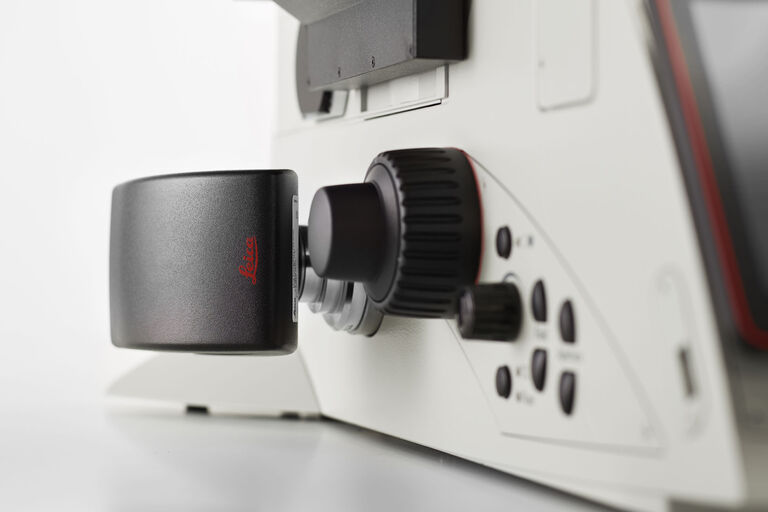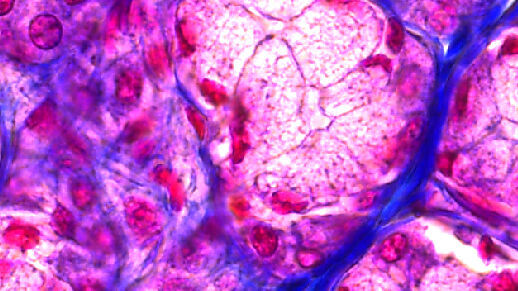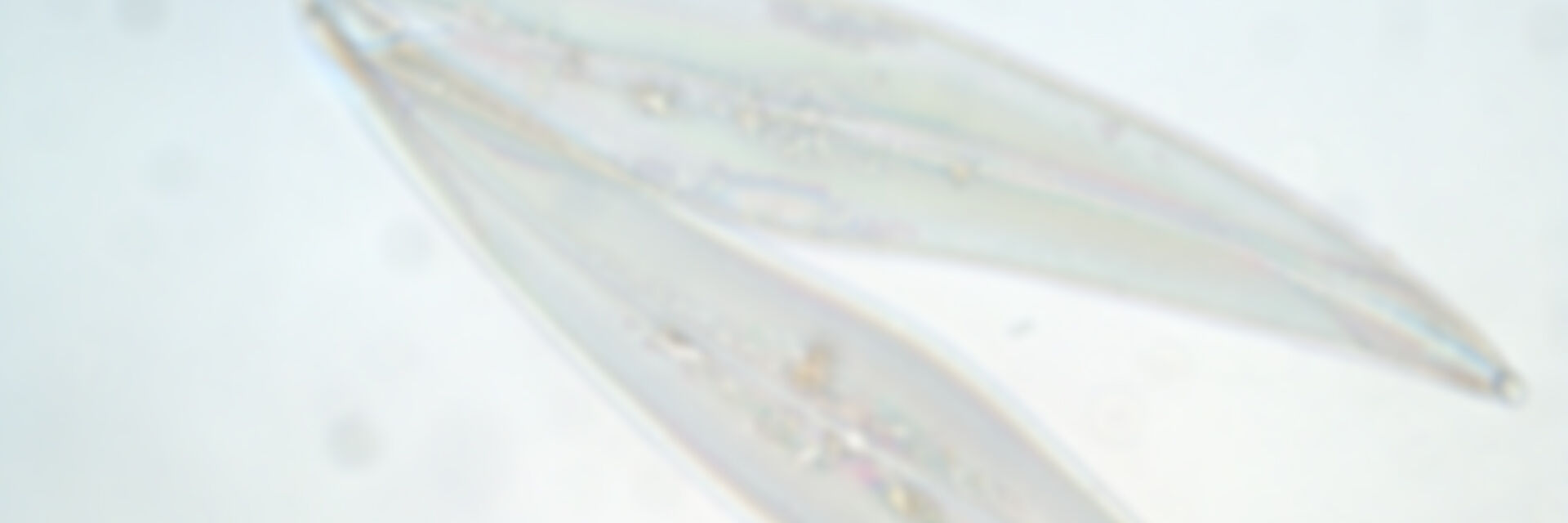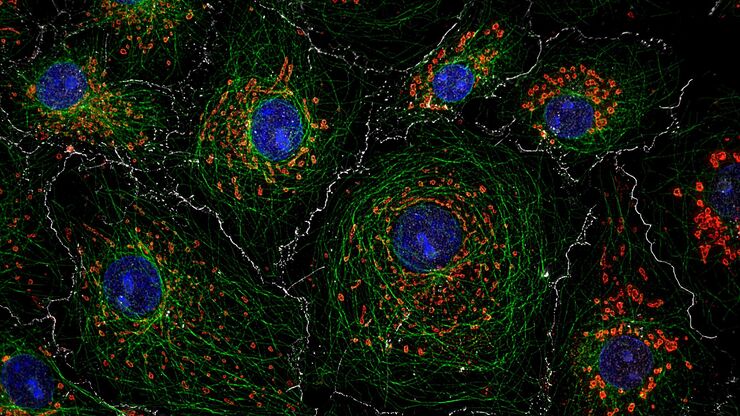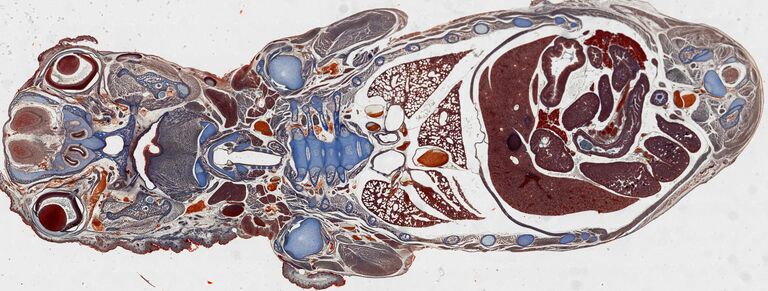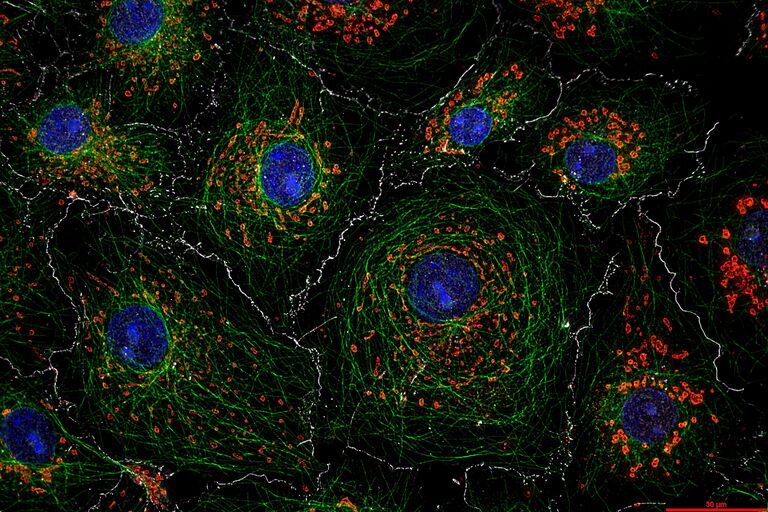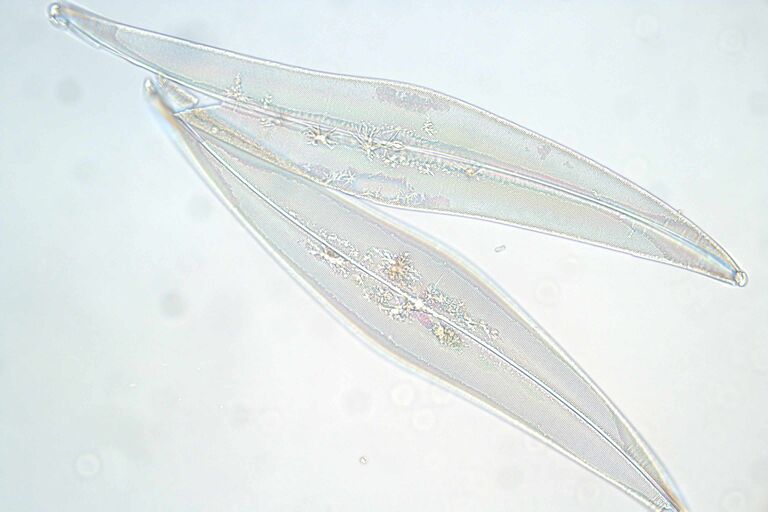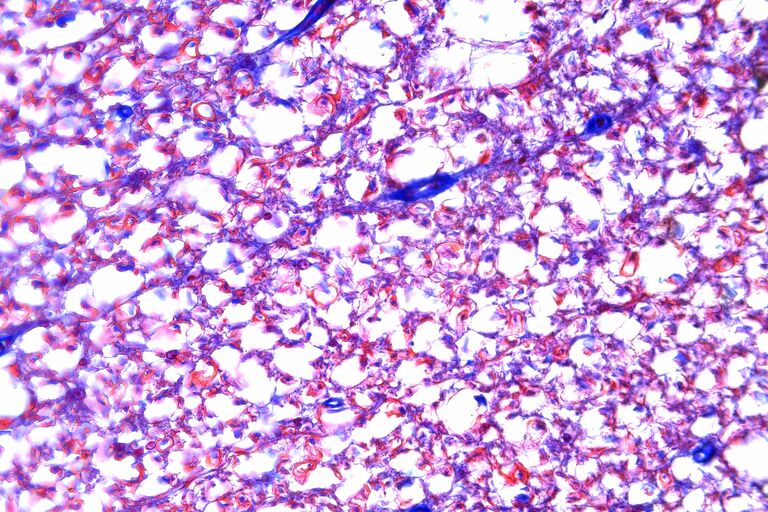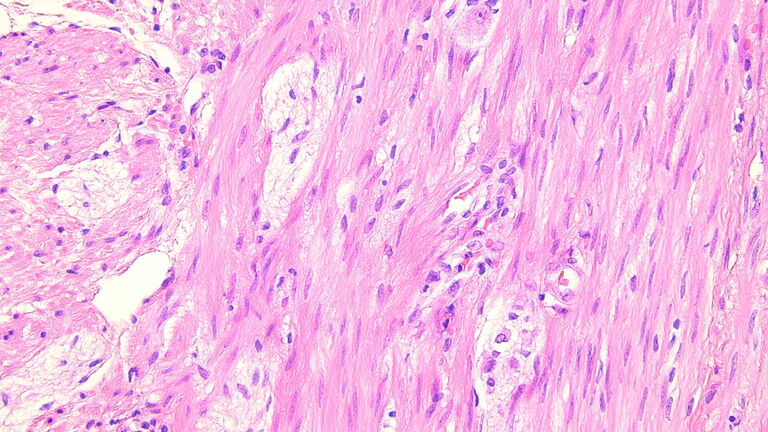K3C & K3M The Microscope Camera K3 series
The K3 color and monochrome cameras are your solutions for fast and reliable analytical tasks typically done for life science, industrial, and clinical applications. These cameras empower you to image a vast range of challenging samples with color-brightfield and fluorescence microscopy. Examples include fluorescently labeled and stained tissues and cells, particles for cleanliness analysis, steel, and forensic evidence.
Customized for your specific needs
The K3C color CMOS camera provides a well-balanced feature set with high frame rates, very good dynamic range, and excellent color reproduction. It delivers 12-bit/channel RGB quantifiable images. With the K3C & K3M microscope camera you can get an imaging system that is customized for your specific needs. You can scan and stitch images of large format samples in half the time compared to previous generation cameras. The K3C & K3M cameras are excellent, easy-to-use and set-up, low-noise devices. Either color camera K3C or monochrome camera K3M can act as a workhorse for your laboratory or site.
Fast and reliable analysis
Acquiring quantifiable data from challenging samples
The K3C color and K3M monochrome cameras offer very good dynamic range enabling you to capture quantifiable images for downstream analysis for many challenging samples. Whether you image material samples which are highly reflective or light-absorbing surfaces or fluorescent samples with regions of very bright and weak signals, the K3C color and K3M monochrome cameras are up to the challenge.
Excellent true color reproduction
The 12-bit excellent color reproduction ability of the color K3C camera enables you to capture large color depth and extract more detail from your samples.
Samples and specimens often contain subtle color variations which allow you to distinguish between different features and regions of interest and work out what is really going on in transitions zones between various parts of the specimen.
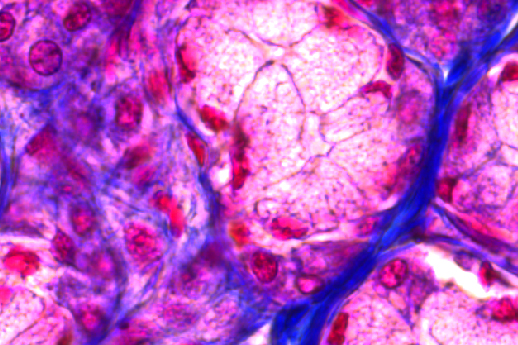
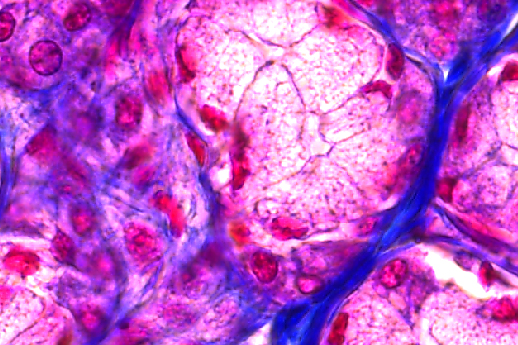
Zoom-in of an H&E stained parotid gland imaged at 12-bit depth with a 20x objective lens.
Improve your throughput
Samples of interest can be large and need to be imaged in high resolution, requiring a system capable of area scanning and image stitching.
The large sensor and high frame rates make the K3C color and K3M monochrome cameras ideal for area scanning applications when combined with the LAS X Navigator and Steel/Cleanliness Expert software modules.
All-round performance for a vast range of sample types
Flexibility to image a large range of samples for the life sciences, industry, and pathology
The K3C color and K3M monochrome cameras deliver good all-round performance for a vast range of sample types. For example, pathology and clinical applications, hematoxylin- and eosin-stained (H&E-stained) tissue sections have regions with subtle color variations which contain a large amount of information. To perform accurate documentation, these stained tissues demand a high-performance camera like the K3C & K3M microscope cameras. The K3C color and K3M monochrome cameras are also an excellent documentation solution thanks to its very good dynamic range.
K3C – Compatible with TWAIN
TWAIN is a protocol that enables communication between software and selected Leica Microsystems microscope cameras. It allows you to process images with your preferred software later on.
Take advantage of your camera’s TWAIN capability to control the camera, acquire images, and transfer image data to various repositories for analysis and archiving. For example, easily store images to your Laboratory/Hospital Information Management System (LIS/HIS/LIMS).

